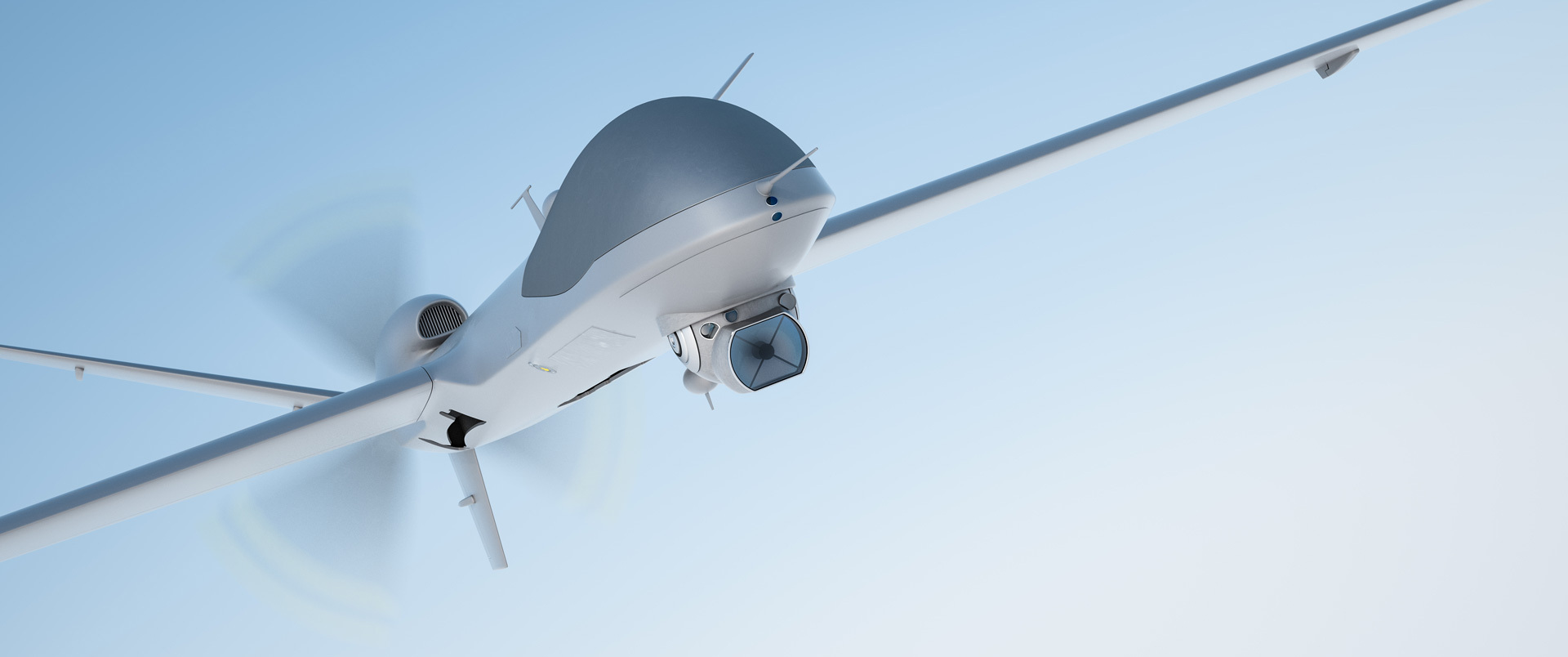DO-178C compliant version of Phoenix-RTOS for mission critical applications
2021-02-03
In the last quarter of 2020 Phoenix Systems started new project to develop new version of the Phoenix-RTOS operating system designed for use in critical applications (Phoenix RTOS 178) and compliant with DO-178C standard. The DO-178C standard is used by the civil aviation agencies such as FAA and EASA in the certification process and approval for use of software in aerial vehicles. Project is co-financed by EU represented by the National Centre for Research and Development (NCBiR). For the purpose of this project, Phoenix Systems launched a project office in Łomża and started cooperation with local universities (e.g. Lomza State University of Applied Sciences) aimed at recruitment and training of appropriate engineering staff. The estimated value of the project is PLN 9 million (EUR 2.1 million).
The version of the system compliant with the DO-178C standard will allow the use of Phoenix-RTOS in unmanned aerial vehicles (UAVs), which, in accordance with the EU regulations introduced in 2019, will have to be certified by aviation agencies in order to conduct missions in the urban environment (U-space) and to carry out missions of special importance (e.g. transport of hazardous substances, medical supplies). It is anticipated that the use of existing operating systems for critical applications in unmanned vehicles will be limited due to the high license cost and their support of hardware platforms with high computing power and high-power consumption. The Phoenix-RTOS 178 version will be made available as open source, following the footsteps of the basic version. Only the certification data package documenting DO-178C compliance will be licensed.
The Phoenix-RTOS 178 version will be made available as open source, following the footsteps of the basic version. Only the certification data package documenting DO-178C compliance will be licensed.
As part of the project, in addition to the operating system version, the resource partitioning mechanism, an application environment for aviation applications compliant with ARINC 653 (APEX), a reference autopilot for UAV with resource triplication (hardware and software), which will meet the new certification requirements will be developed. Research on a radio communication system based on SC-FDMA modulation for unlicensed frequency bands will be carried out. The system development processes compliant with the requirements of DO-178C and the certification data package will be implemented in collaboration with an experienced auditor of aviation applications.
“Entering the dynamically growing market of unmanned aerial vehicles and possibly future EVTOL vehicles is in line with the company's strategy. This is the next market sector after Smart Grid targeted by Phoenix Systems. There are long traditions of the aviation industry in Poland and we can see that many companies have been founded and they are trying to develop unmanned aerial systems. Unfortunately, they face major limitations having to depend on foreign, mainly US, DO-178C compatible operating system vendors. In order to compete on the global market, Polish aviation companies must have a proven European partner in the field of such a fundamental part of the software as the operating system. Our focus is now to widely inform the aviation community about this project and get their feedback allowing to influence the project shape. Integrating the community around European technology is the key to success." - comments Paweł Pisarczyk, CEO of Phoenix Systems.
Phoenix Systems is a company belonging to the Atende capital group, which develops the Phoenix-RTOS operating system for the Internet of Things (IoT) available as open-source under the BSD license (github.com/phoenix-rtos/). The Phoenix RTOS complemented with communication stacks (Phoenix-PRIME, Phoenix-G3, Phoenix-802.15.4, Phoenix WMbus) and application environments (Phoenix DCU, Phoenix-SEM) is used in data concentrators and smart energy and gas meters (currently 46 000 manufactured and implemented in the field devices).
